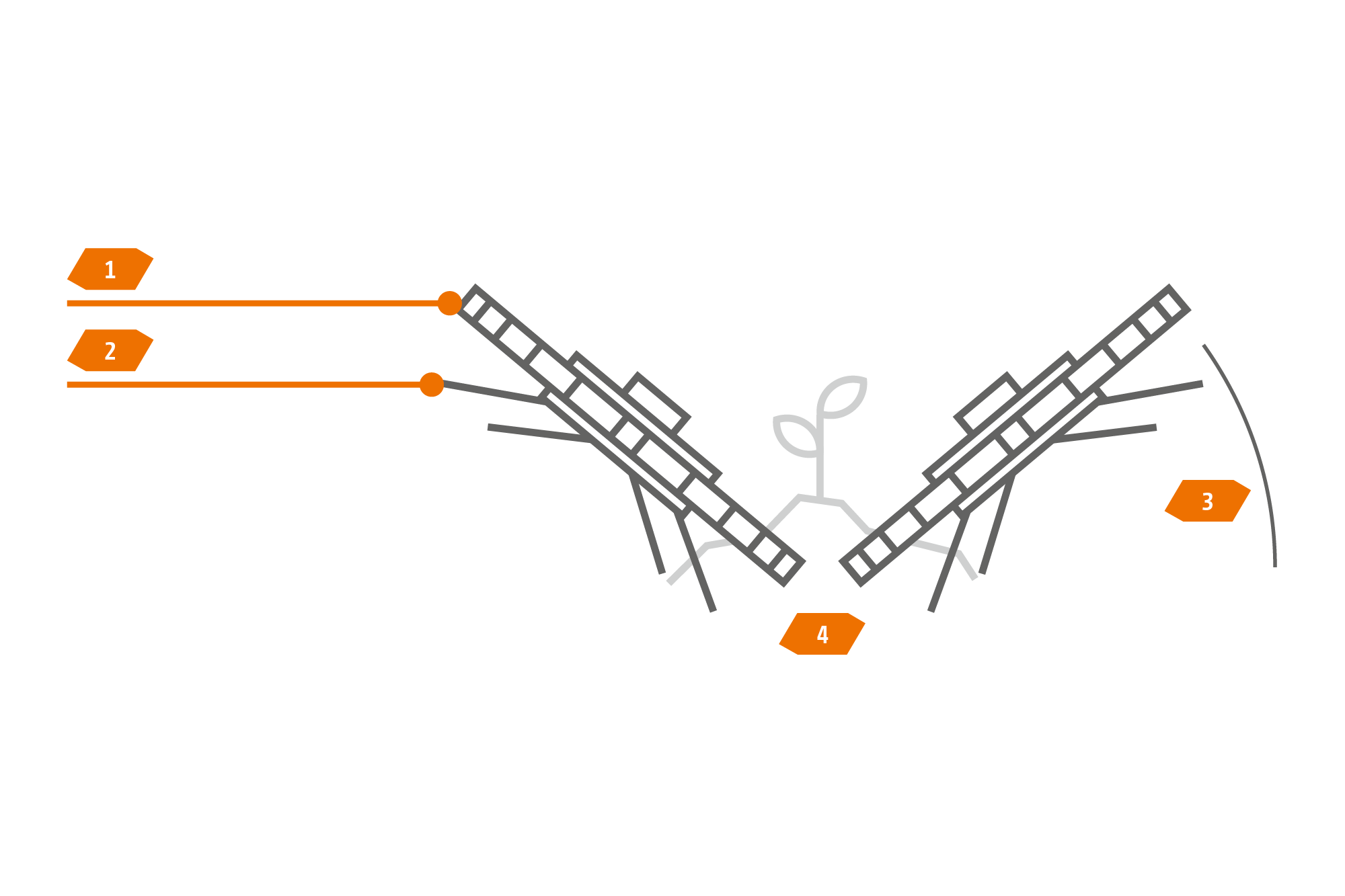The inclination of the Venterra finger hoe can be adjusted to tailor the aggressiveness of the finger wheels to suit the size of the crop. For young and sensitive crops, a setting angle of 40° is recommended for the 1st and 2nd pass through. This slows down the rotational speed of the finger wheels, making them work more gently.
For established, taller crops and high weed infestation, an angle of 20° is recommended for the 2nd, 3rd and, if applicable, 4th pass through. In this case, the rotational speed of the finger wheels is higher. This achieves a more aggressive working effect.
